Critical Brand Graphic
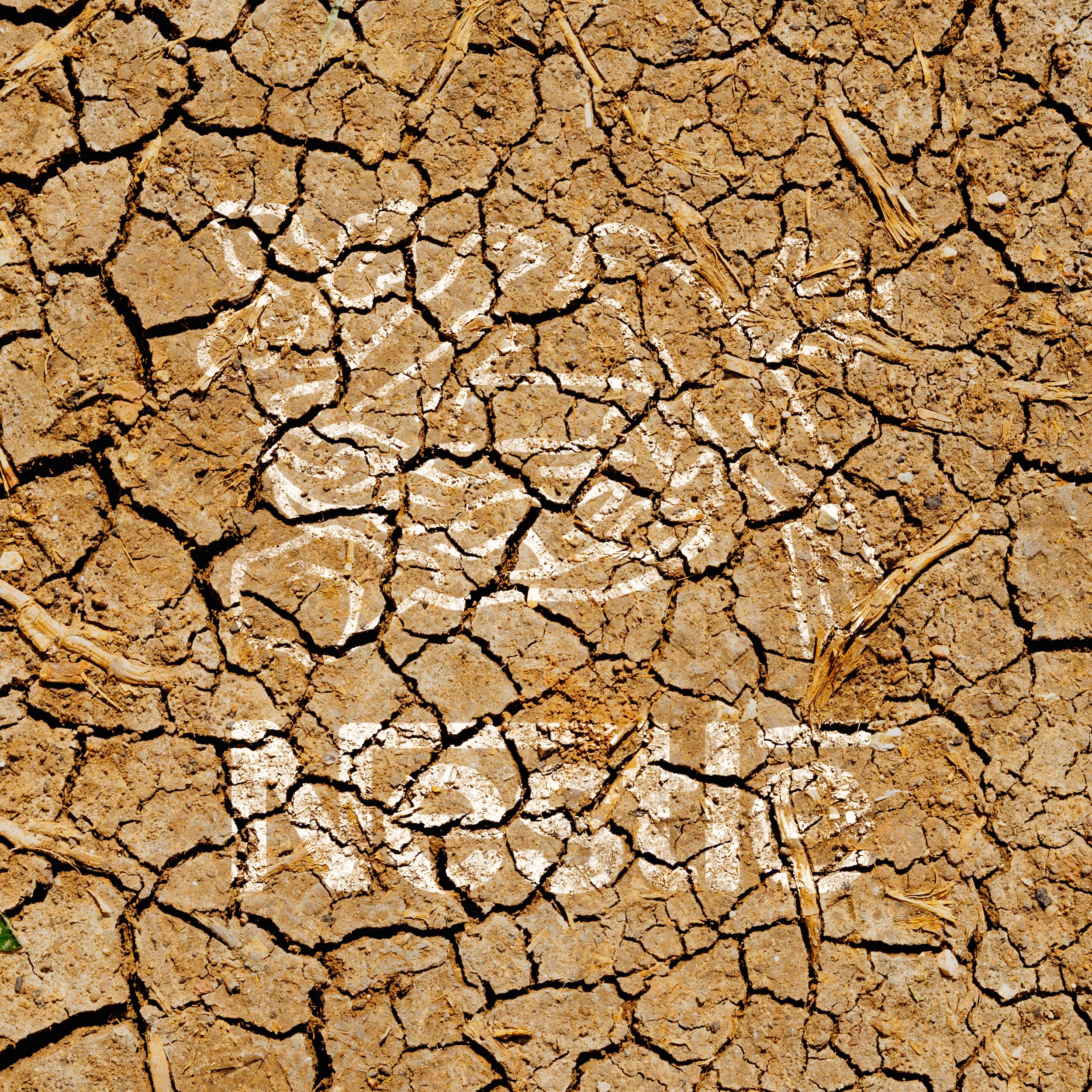
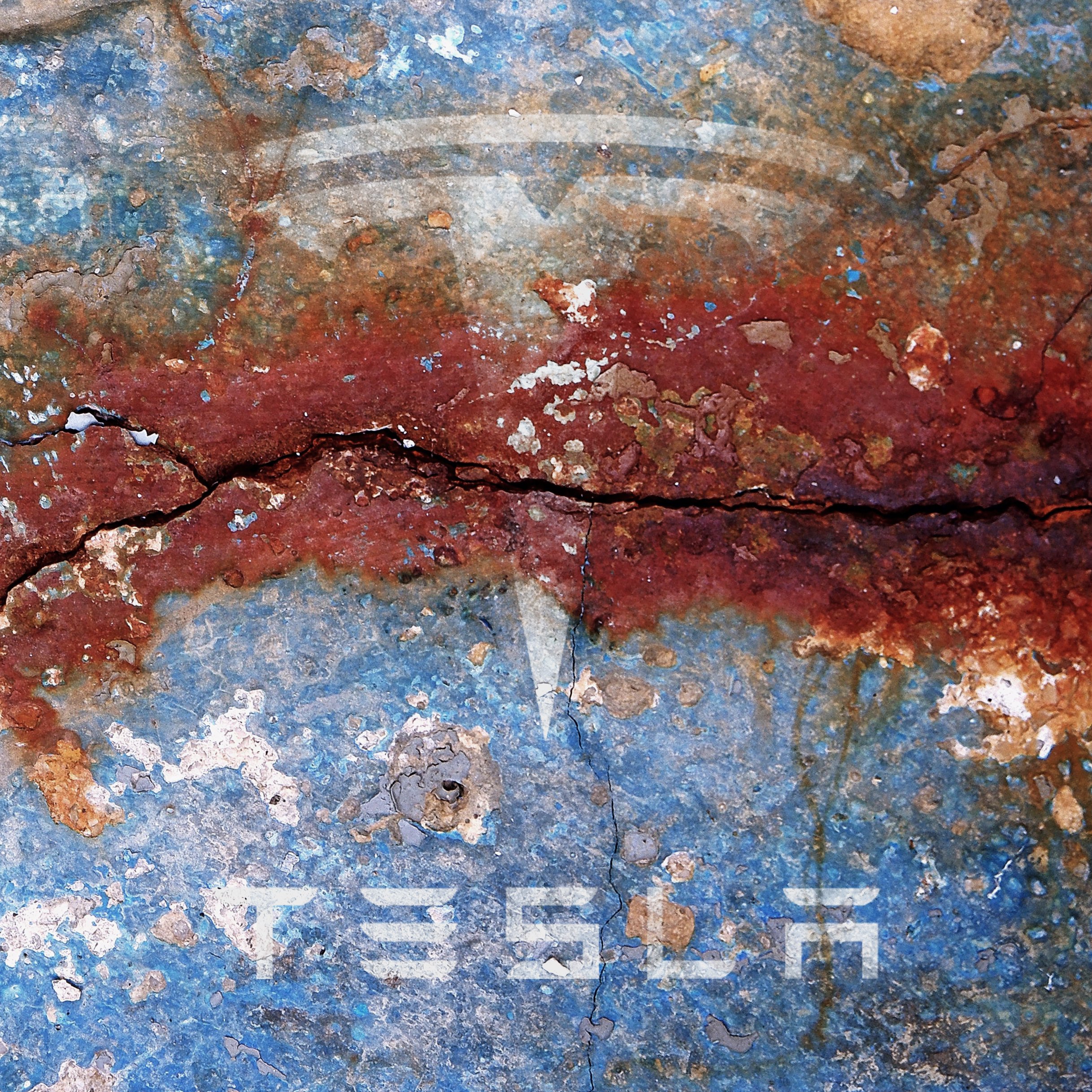
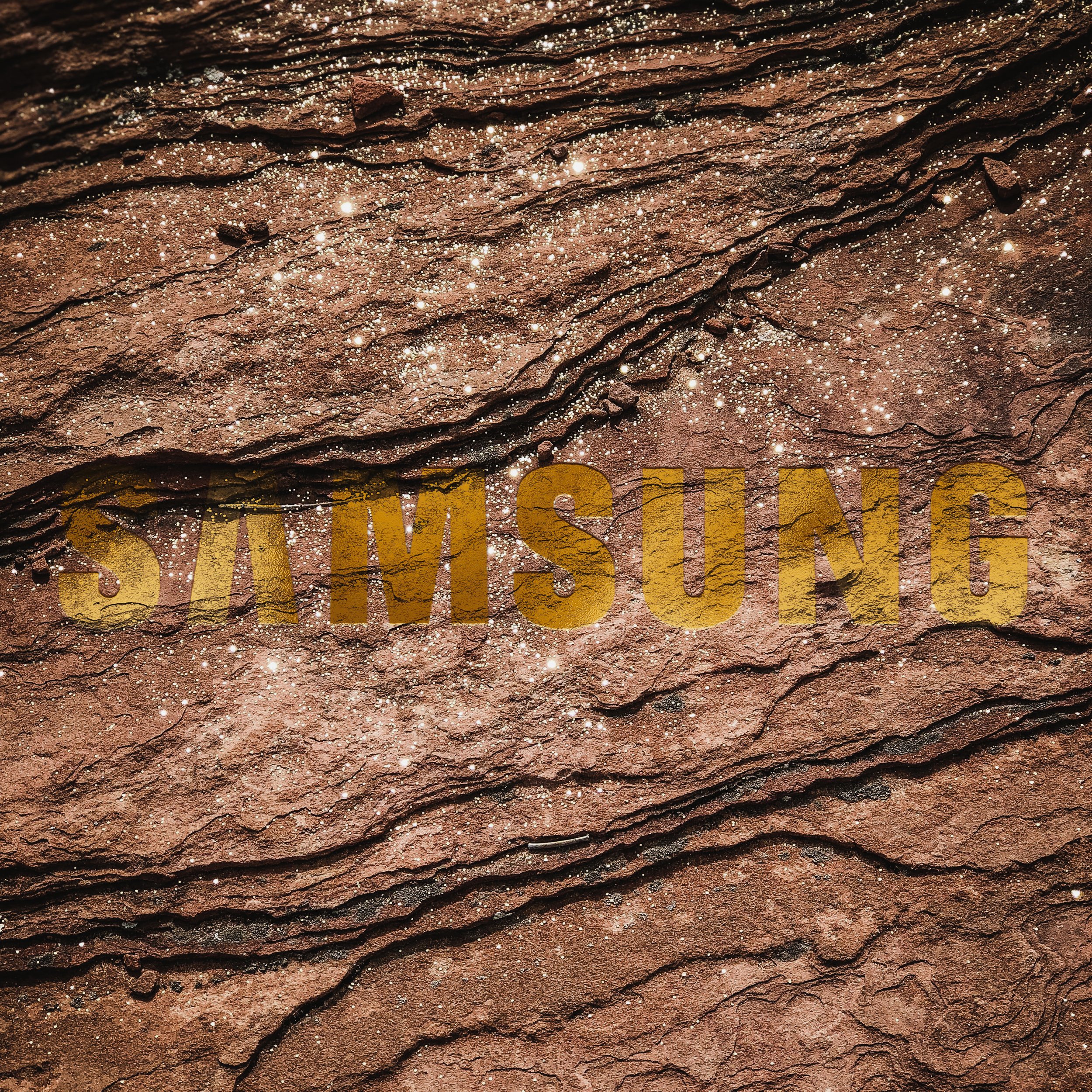
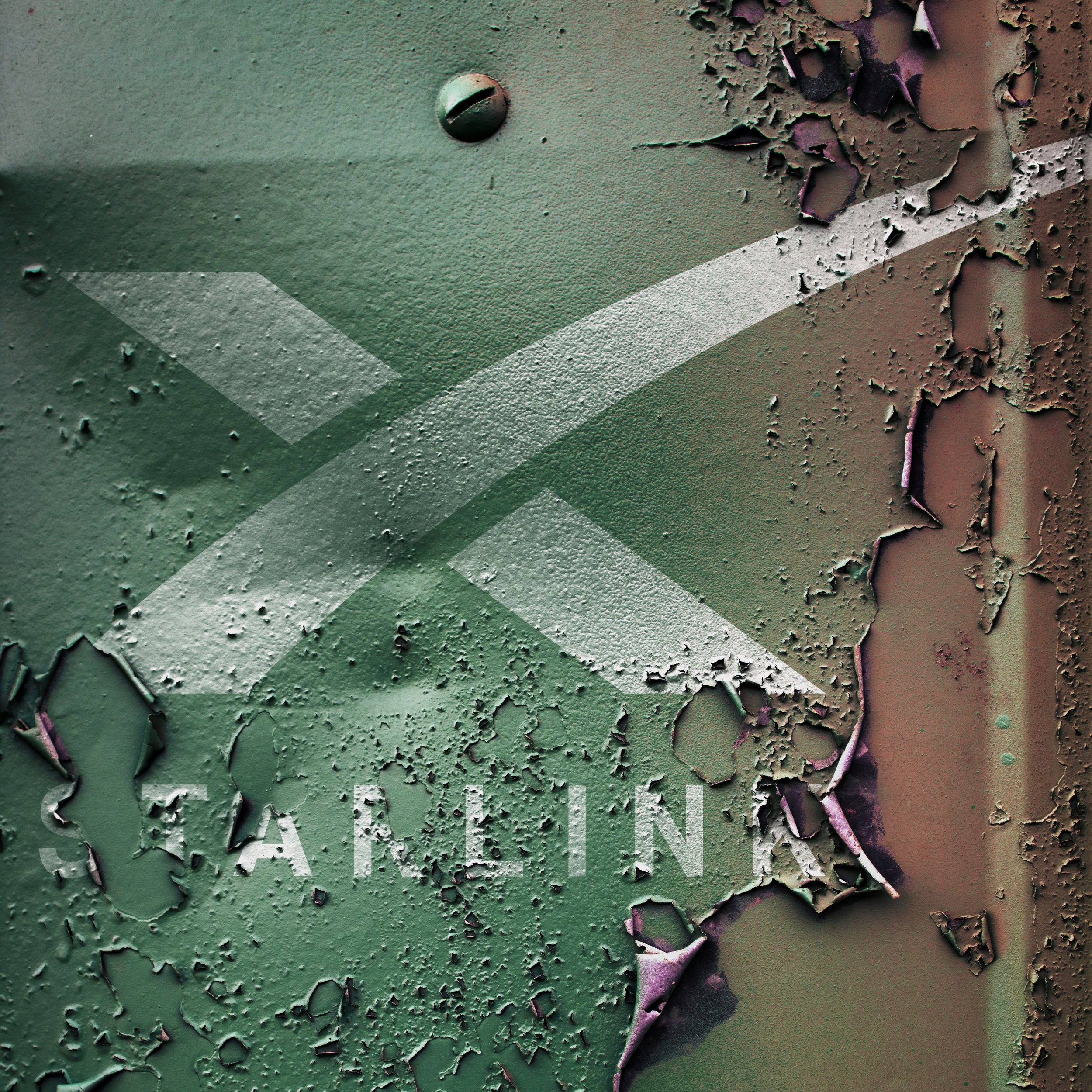
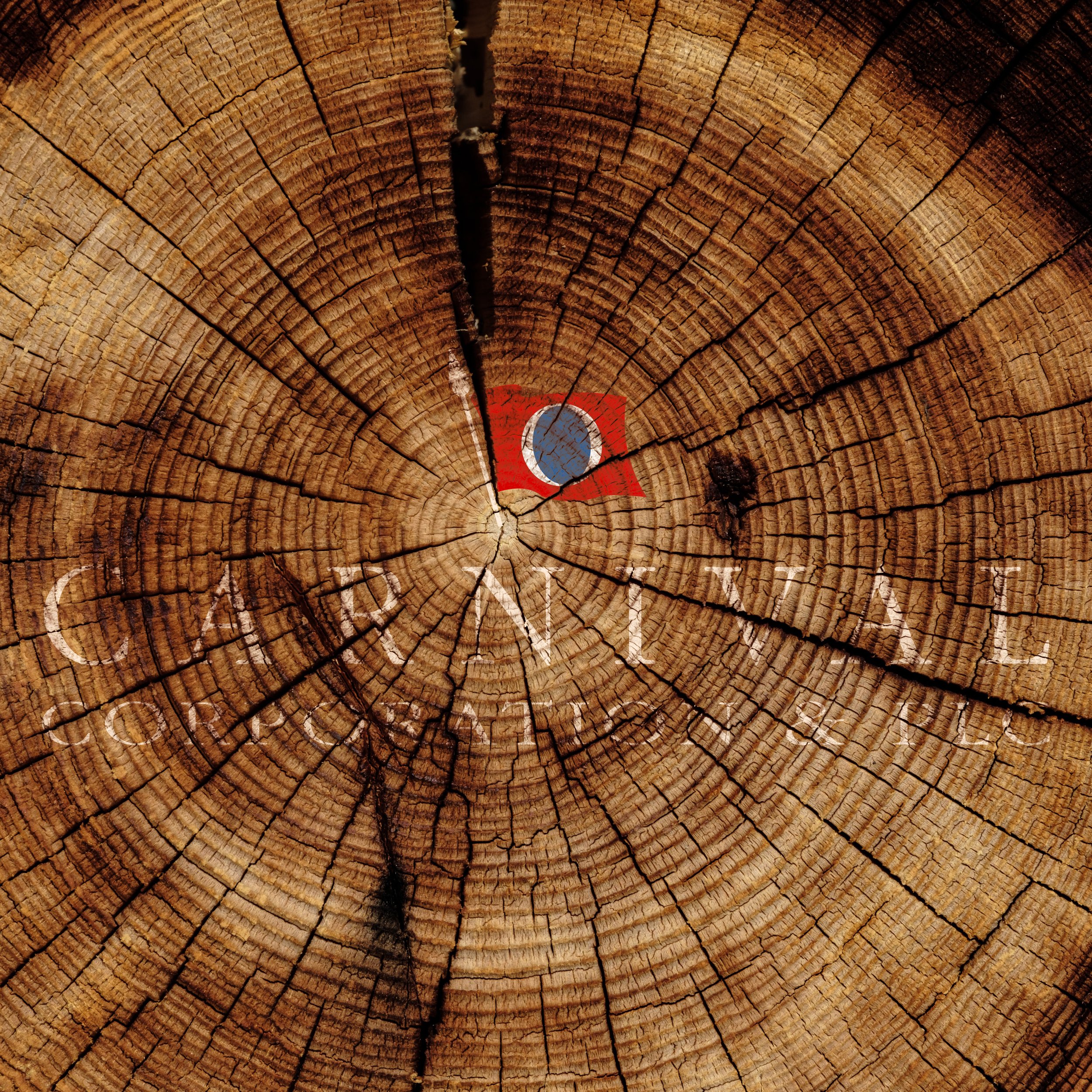
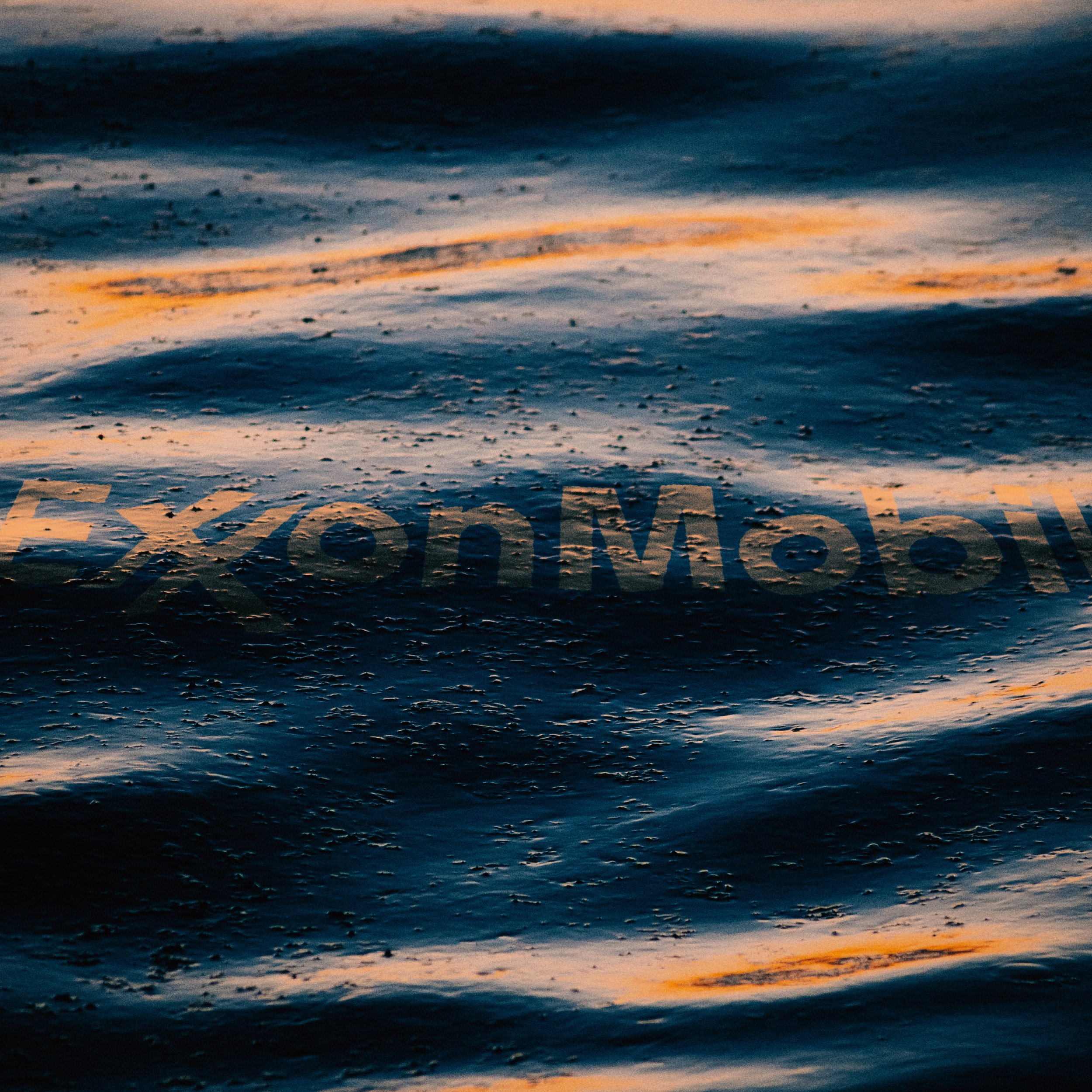

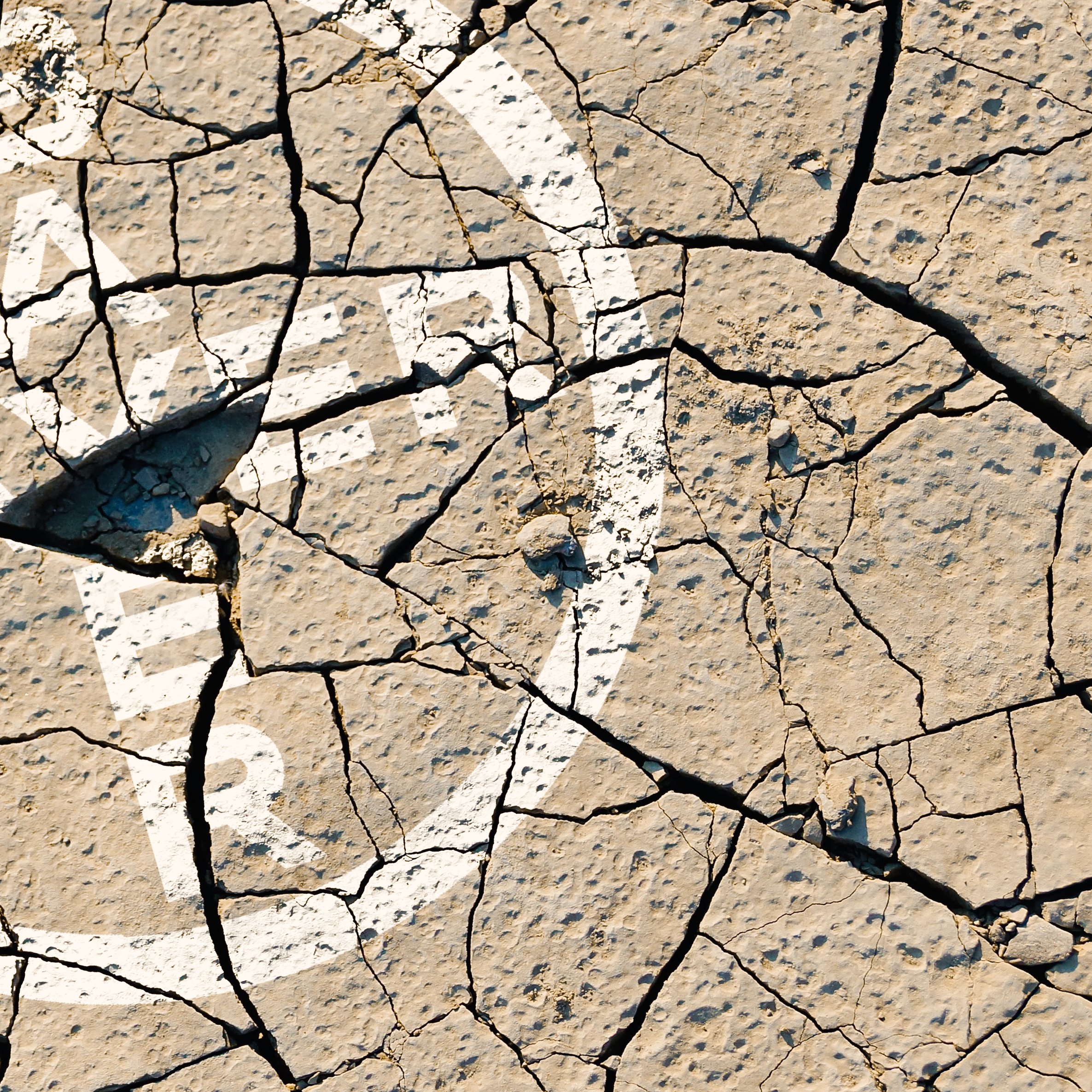
Brand critique through visual design — inspired by Schwarzbuch Markenfirmen.
This series of conceptual images is inspired by the book Schwarzbuch Markenfirmen – Die Welt im Griff der Konzerne, which exposes the hidden practices and global influence of major brands. Through a critical visual approach, these works reveal the darker side of corporate power.
Using textures and layered effects, each image challenges the viewer’s perception of familiar brand identities. The goal is to highlight the environmental damage, ethical issues, and manipulative strategies often hidden behind polished brand façades — turning logo into statement and design into critique.
All images were created by the artist using Adobe Photoshop. This work is part of a non-commercial artistic project and is not intended for commercial use.
Facts that led to the creation of these graphics:
Water consumption of BAYER in 2019: 59 billion litres
Source: http://cbgnetwork.org/Exxon knowing about climate change and denying since 1978: In 1982, Exxon expected a CO2 share of just under 420 ppm for 2019 and a warming of 0.9 degrees compared to a pre-industrial reference value. In fact, at this point in time the CO2 content was 415 ppm, and the 0.9 degree warming forecast by Exxon was reached in 2017.
The main cause of forest damage is sulfur dioxide (SO2) from industry, which causes acid rain. In 2019, a study by Transport and Environment was published which shows that Carnival Corporation emitted almost ten times more sulfur oxides along Europe's coasts in 2017 than all 260+ million passenger vehicles in Europe combined. Of all the modes of transport, international shipping makes the highest contribution to emissions.
As of October 2019, there are nearly 20,000 artificial objects in orbit above the Earth (1), including 2,218 operational satellites (2). There are estimated to be over 128 million pieces of debris smaller than 1 cm as of January 2019.
(1): Satellite Box Score (PDF). Orbital Debris Quarterly News. Vol. 23 no. 4. NASA. November 2019. p. 10. Archived (PDF) from the original on 24 December 2019. Retrieved 24 December 2019.
(2): UCS Satellite Database. Nuclear Weapons & Global Security. Union of Concerned Scientists. 16 December 2019. Archived from the original on 20 December 2019. Retrieved 24 December 2019.
This info is taken from #wikipedia.We produce 50 million tonnes of e-waste a year. That is the equivalent of almost 4,500 Eiffel towers or 125,000 jumbo jets which is more than all the commercial aircraft ever created.
Source: E-waste Monitor, 2017
- Samsung is the largest producer of smartphones. The company used more than 16,000 GWh of energy in 2016, with just 1% coming from renewables.(1)
- Smartphones are among the most resource intensive devices by weight on the planet. Around 34kg of mined rock has to be digged thru to get 100 or so grams of minerals needed for a smartphone. Often digged by miners and children with no protective equipment, and potentially fatal hazards exist such as insufficient ventilation and collapse of underground pits.(2)
- Gold (3TG) and other minerals used in electronics, have been tied to armed conflict in the DRC.(3)
Source(1,2,3): Guide to Greener Electronics, 2017, GreenpeaceNestlé: Bottling and selling ground water since 1969
bottledlifefilm.com